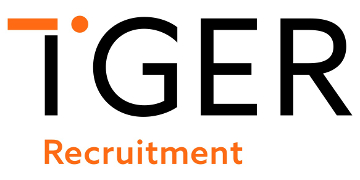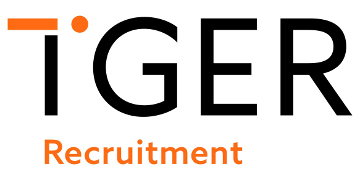Implementing policies to promote gender equity presents many nuanced challenges that HR leaders need to consider ahead of time. Despite these complexities, however, there are huge advantages to committing to a long-lasting mission that supports gender equity - greater productivity, improved motivation, reduced absenteeism, and improved profits, to name a few.
To strike positive change, employers must challenge existing systems that disadvantage their female employees – and that starts with unconscious bias (UB).
Train and monitor decision makers
With most employers having a zero-tolerance attitude towards sexism in the workplace, you would think the path to gender equity would be easier to navigate in 2023 compared to a decade earlier but, if anything, it’s become more unclear.
In February 2023, Tiger Recruitment hosted a roundtable event, focused on achieving gender equity at work, with HR Leaders based in London. Over 90% of them agreed that UB is key to tackling limiting attitudes to gender. They also agreed that implementing UB training, as part of the recruitment process, is key.
Anonymising CVs, implementing skills testing and introducing role-based score cards, for example, were all found to be helpful in helping hirers to judge jobseekers by skills and experience alone.
Another popular strategy to tackling UB is through interview training. Readily available materials, such as Tiger Recruitment’s Diversity, Equity and Inclusion (DEI) recruitment guidelines, can provide interviewers with the tools they need in being able to address and understand different types of biases.
While changing hiring practices and coordinating staff training sessions may seem simple, companies must be committed to tackling UB in the long term. Checking in on staff development and carrying out surveys are just some ways to monitor progress and ensure positive change is happening.
Identify opportunities for inclusive policies
For working parents, juggling childcare and a nine-to-five workday can be difficult. This is especially true for mothers who often fall into the role of primary caregiver. “The lack of policies that help spread care duties equally among partners tends to inevitably translate to women bearing the brunt of childcare."
In most countries, women and men are offered disproportionate levels of maternity and paternity leave, which puts pressure on women to leave their careers to raise children.
Can your employer level up the parental leave between mothers and fathers? If so, it would go a long way to promoting equal roles between parents, thereby relieving the pressures on mothers and simultaneously destigmatising shared parental responsibilities by fathers.
It’s clear that such policies would be favoured: Aviva Insurance introduced equal paid parental leave and found that 99% of fathers took leave and 84% took at least six months off to care for children.
While equal parental leave is an appropriate step to embracing gender equity at work, it’s important that all staff feel included in any flexible working policies.
Inclusivity not only empowers employees, but it’s also good for business. In Tiger’s Recruitment’s most recent Salary & Benefits Review, over 20% of jobseekers consider an employer's commitment to DEI before accepting a role.
Evaluate the recruitment process
Despite Harvard Business Review finding that women often make greater leaders, experts have confirmed that the most common reasons men are hired over women is down to women underestimating their ability to lead.
A large part of this is down to lack of representation. A study by McKinsey found that for every hundred men hired or promoted to a higher position, only 72 women were promoted and hired for the same role.
By promoting more women into leadership roles, women will inevitably find the confidence to put themselves forward for these positions.
Another method includes adopting strategies that highlight competence over confidence. For example, skills-based testing is an effective strategy to ensuring greater equity within the recruitment process: candidates are judged solely on their competence alone, without preconceived biases at play.
The argument for equity is clear and supported by endless global studies, analyses and research. In achieving this, businesses can expect happier staff, reduced turnover, and enhanced profits.
Rebecca Siciliano is MD of Tiger Recruitment













